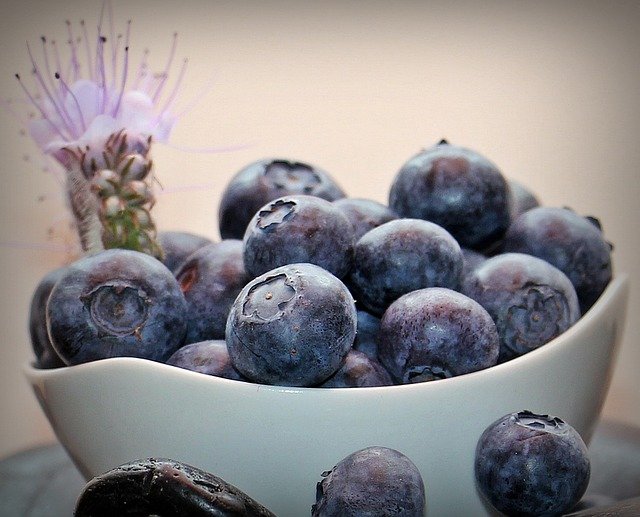
The blueberry mother tincture is useful for circulatory problems and capillary fragility, and against vision and intestinal disorders. Let’s find out better.
Properties of blueberry mother tincture
Thanks to its antioxidant, anti-inflammatory and vasodilatory properties, blueberry helps in the treatment of disorders of the cardiovascular system.
There are various parts that are used in herbal medicine and phytotherapy; fresh berries and leaves are used to make the blueberry mother tincture. Blueberry berries contain many organic acids (malic, citric, etc.), sugars, tannins, pectin, vitamins A, C and, to a lesser extent, vitamins B1, B2, PP and anthocyanin glycosides (mirtillin). Finally we find essential mineral salts for our body (calcium, phosphorus, iron, sodium and potassium), which increase the antioxidant action.
The capillarprotective property is expressed precisely thanks to the anthocyanins, for which the blueberry collaborates to block the activity of some enzymes that destroy the collagen and the elastic tissues of the capillaries and vessels of the peripheral circulatory system, protecting them. These substances also promote and increase the speed of regeneration of the retinal purpura of the eyes, which is the pigment of the retina, essential for vision in low light conditions, sharpening the vision especially in the evening, when there is little light. Finally, they have an antiseptic effect, useful in the treatment of diarrhea, colic and cystitis.
The leaves of the blueberry deserve a special mention; they contain tannin, flavonoid glucosides and glucoquine, a substance that lowers the content of glucose (sugars) in the blood: they possess the astringent and antidiarrheal effects of fruits, but are also hypoglycemic; they are therefore recommended for those suffering from diabetes, as they allow to reduce the doses of oral medications or those of insulin.
Description of the plant
The blueberry plant belonging to the Ericaceae family. It is a small shrub from a few to 50 cm tall. The leaves are oval or elliptical, have a serrated edge, while the flowers are pendulous and normally solitary, of a pinkish-white color and typical shape of an inverted jar, with petals welded together.
Fruits have the appearance of berries, they can be both red, blue and black. The plant, native to countries with a temperate-cold climate such as northern Europe or North America, generally grows on the slopes of the mountains, in the hills. In Italy we find it spontaneous only in the mountainous areas of the north and center.
How to prepare the blueberry mother tincture
The blueberry mother tincture is a hydroalcoholic preparation obtained by cold maceration in hydroalcoholic solvent, obtained from fresh leaves and berries.
Usage
As we have seen, the spectrum of action of the blueberry is really vast. They range from use linked to the functionality of the capillaries, up to visual disturbances and to increase night vision, circulation, intestinal disorders.
The mother tincture, which derives its properties from the beneficial action of berries and leaves, is therefore basically used as a venous and arterial vasoprotective, hypoglycemic, antilipidemic, gastroprotective, antioxidant, antiviral, antiseptic and antiplatelet agent.
Generally, 30- 40 drops are taken 2 times a day in a glass of water, but each case is different and it is always good to hear the opinion of an expert on the subject before taking it. Due to its hypoglycemic action, its use is not recommended for those who are already undergoing drug therapy for the treatment of diabetes. Other contraindications and intake precautions are related to anemia, thrombocytopenia, pregnancy.






